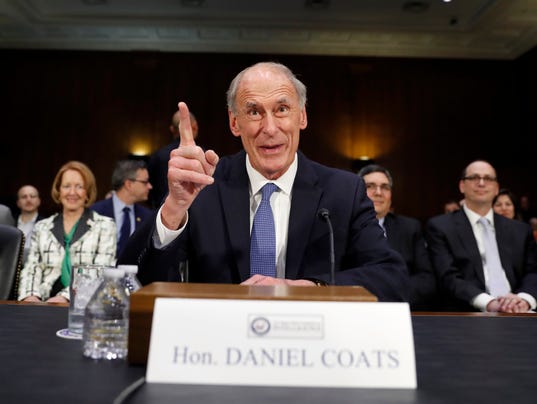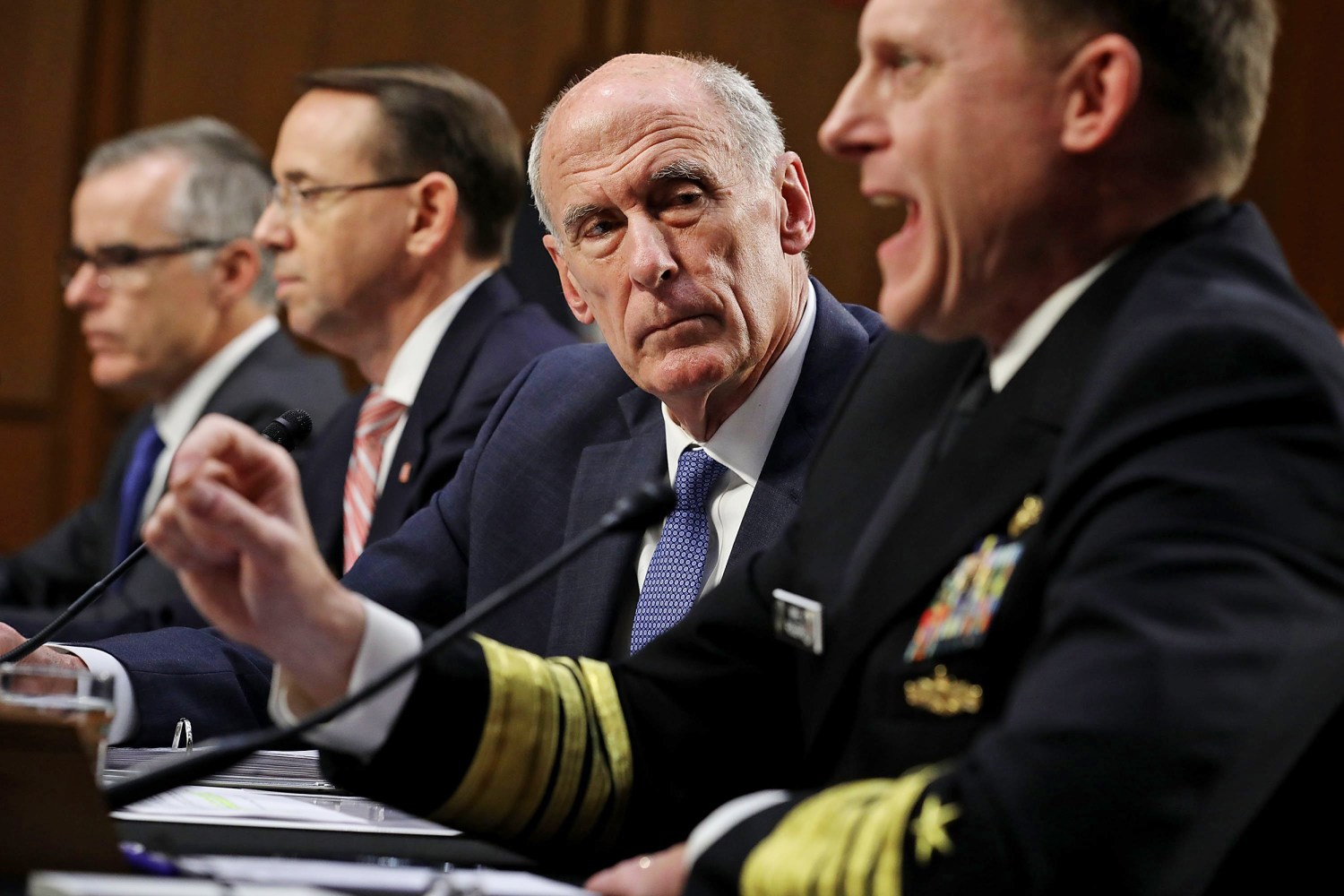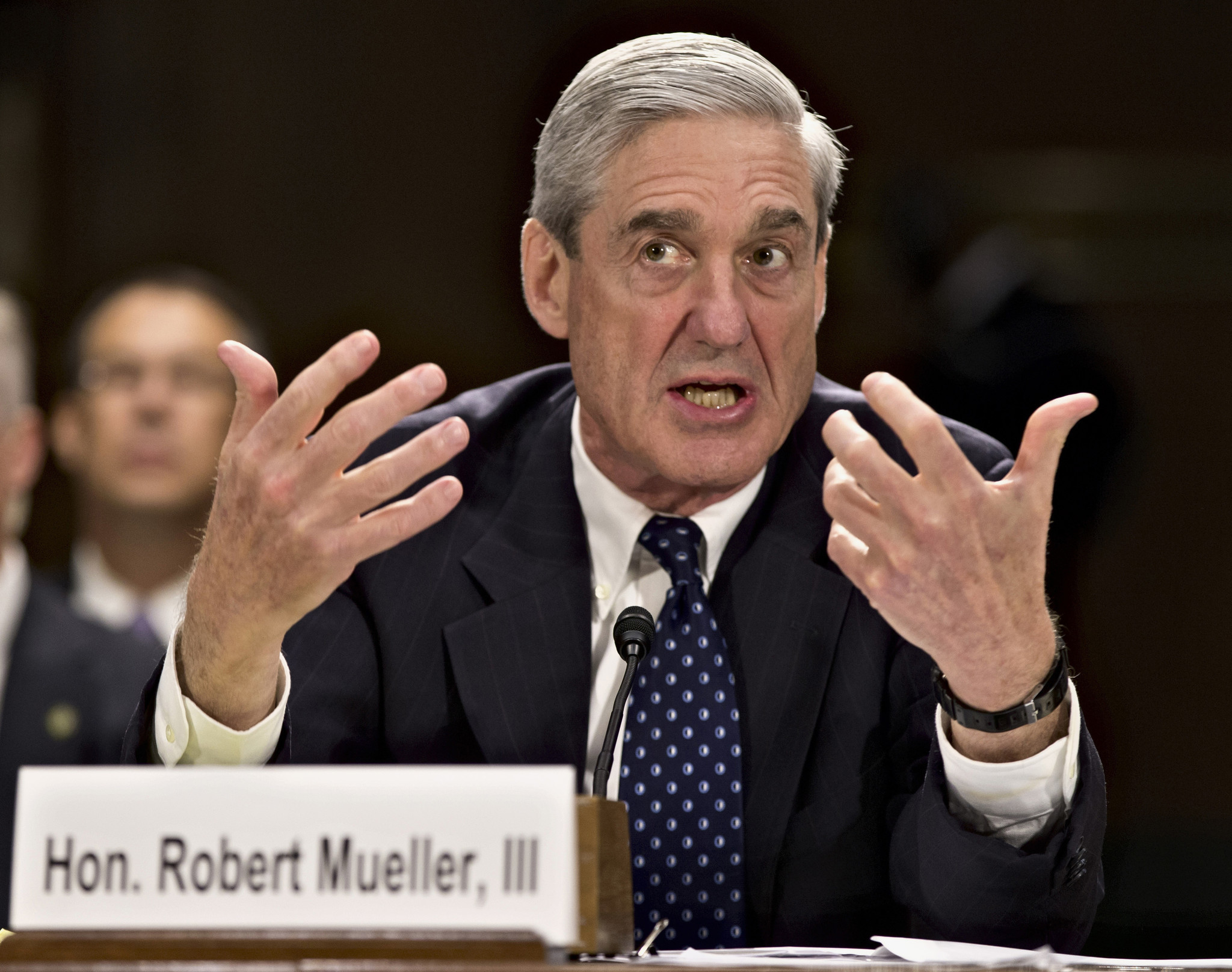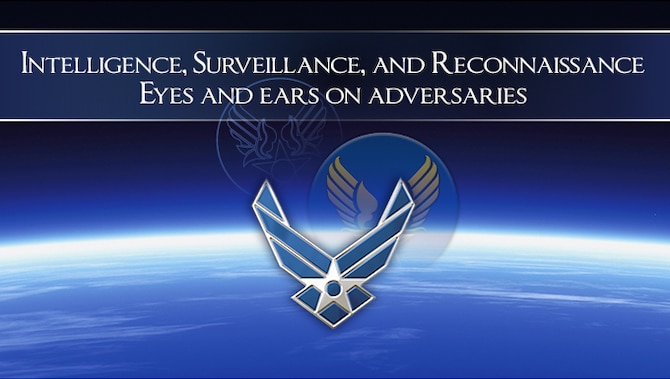Thanks to the January 17, 2017 LA Time’s edition, here’s the list of the 17 offices: 
1. Office of the Director of National Intelligence
Created by Congress in response to the terrorist attacks of Sept. 11, 2001, the office coordinates intelligence collection and sharing among U.S. intelligence agencies. The director is the head of the intelligence community and the principal advisor to the president, National Security Council and Homeland Security Council on intelligence matters related to national security.
2.Central Intelligence Agency
The CIA is the most recognized intelligence agency, known for spying on foreign governments and conducting covert operations, including funneling money to opposition groups in other countries to sway elections or oust certain foreign leaders.

3. National Security Agency
Once so secret it was referred to as “No Such Agency,” the NSA is the largest and perhaps most technologically sophisticated of all the intelligence agencies. It focuses on signals intelligence — monitoring, collecting and processing communications and other electronic information — and cracking secret codes. It also protects U.S. information systems from outside penetration. The NSA oversees PRISM and other mass surveillance programs revealed by Edward Snowden in 2013. It is believed to employ more mathematicians than any other organization in the country — a fact not all math whizzes are happy about.
4. Defense Intelligence Agency
The Pentagon’s top spy agency, the DIA is the primary entity responsible for collecting and analyzing intelligence on foreign militaries, with support from the intelligence offices of all the military branches. The DIA shares this information with military leaders, fighters and defense policy makers in order to “prevent and decisively win wars,” according to its mission statement.
 5. Federal Bureau of Investigation
5. Federal Bureau of Investigation
The FBI has both law enforcement and intelligence functions. On the intelligence side, it aims to protect the U.S. against terrorism, cyberattacks and foreign intelligence operations and espionage. It maintains the government’s terrorist watch list and has been involved in the interrogation of “high-value” detainees, sometimes clashing with the CIA.
6. Department of State – Bureau of Intelligence and Research
This bureau collects and analyzes intelligence on global affairs and advises the secretary of State and other diplomats. It conducts foreign opinion polls and tracks and analyzes issues that may undermine U.S. foreign policy objectives, such as weapons proliferation, human trafficking and drug smuggling. Though it’s one of the smallest intelligence agencies, its assessment on weapons of mass destruction in Iraq was not as inaccurate as that of other agencies.
 7. Department of Homeland Security – Office of Intelligence and Analysis
7. Department of Homeland Security – Office of Intelligence and Analysis
The scope of “homeland security” includes emergency preparedness, border control, transportation security and biodefense (Ebola and SARS, for example), among other issues. The Office of Intelligence and Analysis is charged with gathering intelligence in these areas and sharing it with state, local, tribal, territorial and private sector partners through a network of “fusion centers.”
8. Drug Enforcement Administration – Office of National Security Intelligence
The DEA is the government’s watch guard for drugs that are illegally manufactured, distributed or dispensed. It is also responsible for the seizure and forfeiture of assets connected with illicit drug trafficking. The Office of National Security Intelligence assists law enforcement with investigations and prosecutions. Most recently it has focused on the threat posed by a surge in heroin and counterfeit prescription pills containing fentanyl.
 9. Department of the Treasury – Office of Intelligence and Analysis
9. Department of the Treasury – Office of Intelligence and Analysis
Intelligence gathering at the Treasury dates back to its beginning, when Secretary Alexander Hamilton sent a tax official in disguise to investigate the “whiskey rebellion” underway in western Pennsylvania. Today the Office of Intelligence and Analysis sits within the Office of Terrorism and Financial Intelligence, which works to prevent sanctioned countries, money launderers, terrorists, drug kingpins and purveyors of weapons of mass destruction from parking or moving their money through the U.S. financial system.
 10. Department of Energy – Office of Intelligence and Counterintelligence
10. Department of Energy – Office of Intelligence and Counterintelligence
Even the Department of Energy has an intelligence office. It traces its origin to the Manhattan Project, when the Atomic Energy Commission was charged with analyzing the Soviet Union’s atomic weapons program. Today the office’s role is to provide technical intelligence on foreign nuclear weapons, energy security, science and technology, and nuclear energy, safety and waste.
11. National Geospatial-Intelligence Agency
Supporting the Defense Department, this agency is the principal provider of geospatial intelligence – analysis and information about Earth’s natural and man-made features and geo-tagged activities. This “GEOINT” is used for combat, humanitarian and disaster relief, border and transportation security and security planning for special events. One of the agency’s claims to fame is pinpointing the Abbottabad, Pakistan, compound where Osama bin Laden was hiding; another is operating the reference system for GPS.
12. National Reconnaissance Office
The NRO was a secret agency for 31 years, until its existence was declassified in 1992. The office designs, builds and operates the nation’s reconnaissance satellites, providing the Pentagon, CIA and others precision navigation, early warning of missile launches and near real-time imagery to support anti-terrorism activities. On the civilian side, the satellites help survey damage from natural disasters and support environmental research.
 13. Air Force Intelligence, Surveillance and Reconnaissance
13. Air Force Intelligence, Surveillance and Reconnaissance
The Air Force’s intelligence branch, organized into the 25th Air Force, uses airplanes, drones and satellites to identify hideouts, bunkers, mobile launchers and weapons caches. It is also responsible for code-breaking activities within the Air Force. All that surveillance takes up a lot of digital space – in 2013, one wing alone received 20 terabytes of data daily, processed 460,000 hours of video and disseminated 2.6 million images.
14. Army Military Intelligence
The Army’s intelligence branch intercepts electronic communications and provides maps, ground imagery and information on foreign forces to assist fighters in the battlefield.
 15. Office of Naval Intelligence
15. Office of Naval Intelligence
The Navy’s intelligence branch keeps tabs on foreign scientific and technological research, analyzes the structure, tactics and readiness of foreign naval forces, and tracks merchant shipping to identify illicit activity.
16. Marine Corps Intelligence
The Marine Corps’ intelligence officers create military maps, intercept and translate radio and electronic signals, analyze images collected from sensors and carry out counterintelligence.
17. Coast Guard Intelligence
The Coast Guard, part of the military and the Department of Homeland Security, protects and defends more than 100,000 miles of coastline and inland waterways. On an average day, the Coast Guard conducts 45 search-and-rescue cases, seizes 874 pounds of cocaine, interdicts 17 migrants and helps move $8.7 billion worth of goods, according to its website. Its intelligence office helps with criminal investigations and provides other national agencies with intelligence from domestic and foreign ports, coastal waters and offshore.
Fair dinkum mate, with all that, what could possibly go wrong?. Hugs,
LikeLiked by 1 person
Dear Steele646,
Somebody is getting rich with all these security measures. This makes it harder to understand how a low level employee could leak tons of NSA data.
Hugs, Gronda
LikeLiked by 1 person
wow
LikeLike
Dear Rugby 843,
You said it…
Hugs, Gronda
LikeLiked by 1 person
😂taxes, anyone seen my taxes? Surely these guys have!😂
LikeLiked by 1 person
Dear Rugby,
Now you know where your tax dollars are going. And with this current US Congress, I don’t think we are getting good value for our tax dollar.
Hugs, Gronda
LikeLiked by 1 person
Nope
LikeLike
Dear Mz. Gronda,
Darn, I hate learning all of this now! I used to only have to worry about black cars sitting on my road in front of my house, now I will be forced to research who uses what color of car so I can know who is watching me! 😉
LikeLiked by 1 person
Dear Crustyolemothman,
News pundits kept referring 17 intelligence agencies when I realized I could only name about 8. This was an eye opener.
In my neighborhood, anyone hanging around in any car would be confronted and questioned before I ever noticed anything.
Any way, the president told us we could be under surveillance by our TVs.
Hugs, Gronda
LikeLike
I named 7 off the top of my head, 2 i only knew from the movies! Dept of the Treasury: How Elliot Ness busted Al Capone in the Untouchables. And the Dept of Energy from the Manhattan Project movie. 🙂
Which begs the question, why do we need 17 IC agencies when half of them we don’t even know exist?
LikeLike
Dear 1EarthUnited,
I can’t help wondering about that myself.
Hugs, Gronda
LikeLike
Interesting.
Speaking as an ex-govt employee, I can well imagine the turf wars which break out; the ‘well we don’t tell THEM that because….’ the ‘Oh those jerks over at…..’ etc, etc, etc.
One of the reasons 9/11 happened because of the lack of co-ordination and turf wars between the various agencies of the time. (Which is why the notion of a Conspiracy would be funny if there had not been a loss of life)
LikeLiked by 1 person
Dear Roger,
You get why most of us did not buy into all the conspiracy theories which germinated around the 9/11 tragedy. It would have been impossible to carry out. This does not mean that leaders at the time didn’t make mistakes.
Hugs, Gronda
LikeLiked by 1 person
Oh there were BIG mistakes made.
That’s what war is all about! Making the most of the foe’s mistakes and complacency.
LikeLiked by 1 person
Thanks, Gronda for this information. We never know when it might come in handy. 🙂 — Suzanne
LikeLiked by 1 person
Dear Suzanne,
Maybe, if we were on a jeopardy game.
Hugs, Gronda
LikeLike